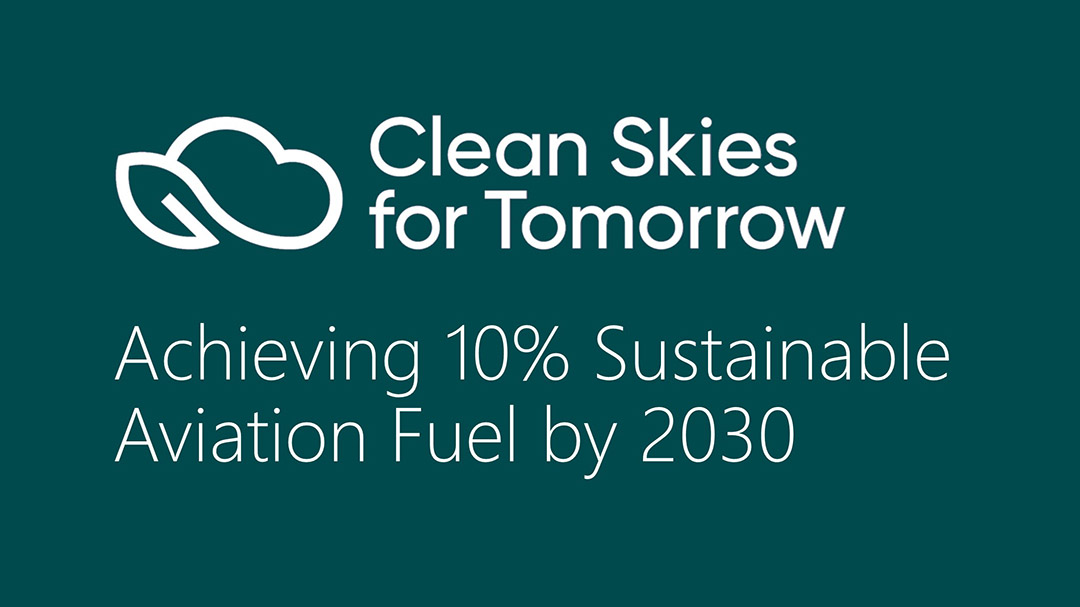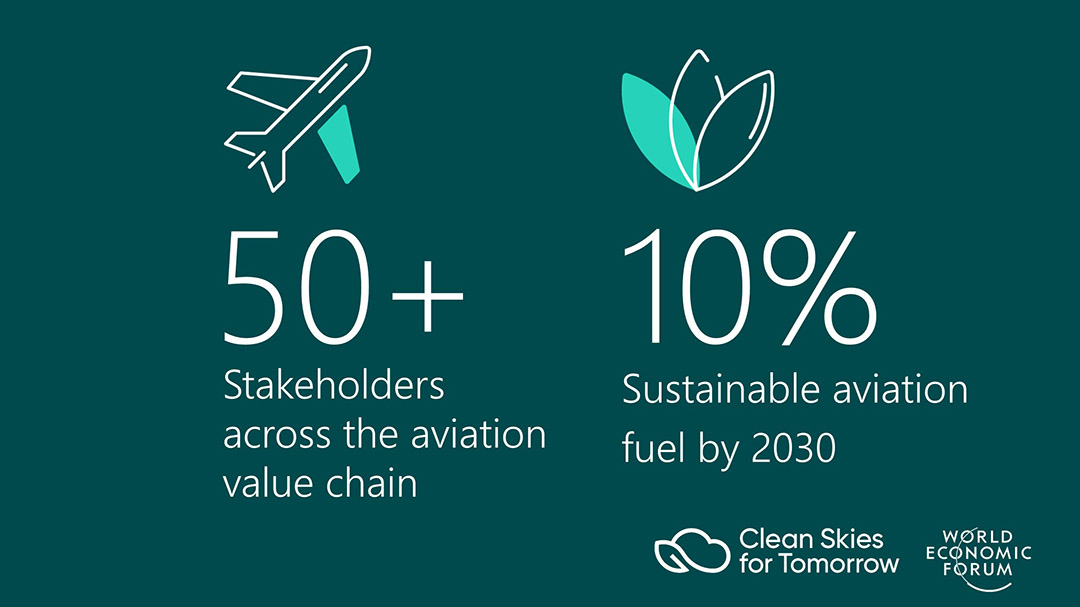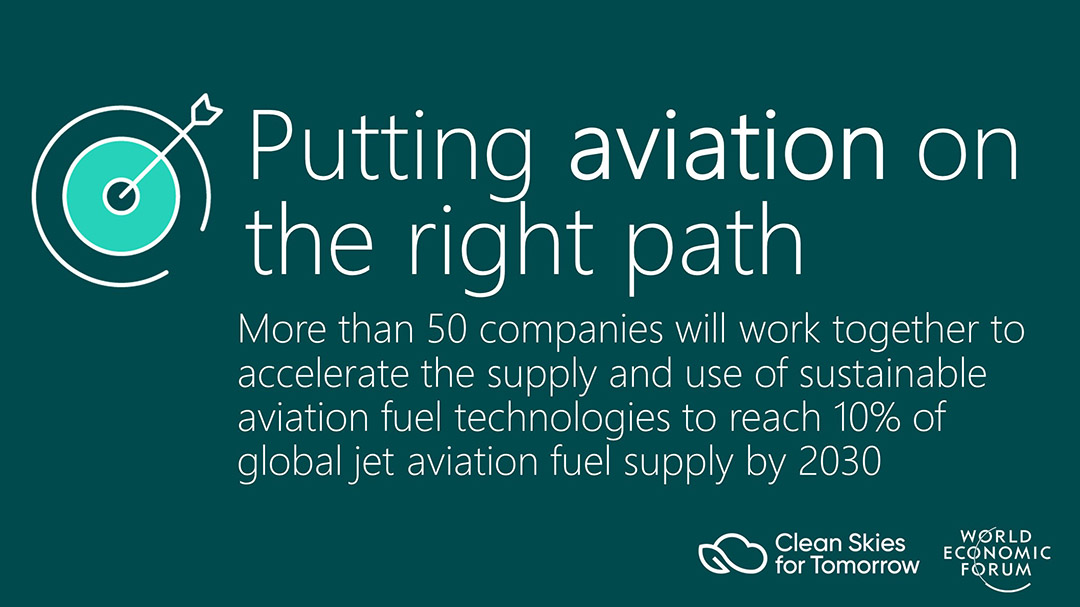10% sustainable aviation fuel by 2030: CAPHENIA joins the “Clean Skies for Tomorrow” initiative
The Challenge
Climate change is one of the most urgent challenges of our time and requires collective action to solve, embodied in a shared vision and collaboration across government, industry and society. Aviation, one of several harder harder-to -abate sectors, accounts for about 1 billion metric tons, or 2 2-3% of global CO2 emissions annually, with overall impacts on climate change even higher as a result of climatic climatic-forcing mechanisms.
The economic and social benefits of air travel are undeniable, providing global access to goods and services and opportunities to experience new places and cultures. The aviation industry has played a large part in enabling the benefits of globalisation, and as the aviation industry is forecast to continue to grow year on year post the COVID COVID-19 pandemic, the sector’s share of global CO2 will increase, especially as other sectors decarbonise in coming years. It is in this context that the aviation industry and its entire value chain is today confronting the challenge of how to continue to deliver benefits in an environmentally sustainable way.
The decade until 2030 is our window of opportunity to shift the sector to a global sustainable future through targeted investments and business model transformation, and members of the Clean Skies for Tomorrow Coalition are committed to achieving a net net-zero emissions sector by mid mid-century.
A multi multi-pronged approach to decarbonisation
As travel picks up in the wake of the pandemic, aviation could return to producing about 2 2-3% of total global GHG emissions if we take no action – with overall impacts on climate change at even higher percentages as a result of climatic-forcing mechanisms. Additionally, as other sectors accelerate towards net net-zero emissions, the aviation sector’s share may increase even further, and the industry, known for leading in innovation and its early climate commitments, may lag and face heavier scrutiny from society.
Members of the coalition agree that achieving net net-zero in the sector will require reduction, as far as possible, of the emissions caused by the aviation sector through efforts including the optimization of routes and increased energy efficiency through the use of new aircraft and improved ground operations. Any remaining emissions must be balanced by appropriate carbon removal, so as to arrive at net net-zero emissions in the sector.
Hybrid-electric and hydrogen hydrogen-powered aircrafts could significantly help the industry reach the next efficiency horizon, but development and deployment at scale will take time and the technology will be first available for short to medium medium-range aircraft. The deployment of Sustainable Aviation Fuels is the most promising option to significantly reduce the aviation industry’s carbon emissions in the near term, and for long long-haul flying, even beyond 2050.

Sustainable Aviation Fuels
The Clean Skies for Tomorrow Coalition provides a crucial mechanism for top executives and public leaders, across the aviation value chain, to align on a transition to sustainable aviation fuels as part of a meaningful and proactive pathway for the industry to achieve carbon carbon-neutral flying.
Synthesised from sustainable, renewable feedstocks, such as municipal waste, agricultural residues and waste lipids, or developed through a power power-to -liquid route, SAF has already fuelled more than 250,000 commercial flights. It is fully compatible with existing aircraft and fuelling infrastructure, therefore reducing the amount of investment required to underpin the transition.
The key issue currently preventing the production and use of SAF from taking off is the price gap between fossil fossil-based jet fuel and SAF, which remains prohibitively large. The SAF supply chain faces a “chicken and egg” problem with supply and demand: costs will come down if production scales up (thanks to learning curve effects and economies of scale), but fuel providers are lacking a strong demand signal to increase production and demand is low due to the high price premium. Furthermore, policy uncertainty deters investment, as does the high level of risk associated with new technologies.
Members of the coalition are committed to working together to address this chicken chicken-andand-egg scenario where producers and carriers are both either unwilling or unable to carry the initial cost burden of investing in new technologies to reach a scale where they are competitive with existing fossil fuel fuel-derived options.
To break this impasse, members of the coalition are championing the commercial scale of viable production of sustainable low low-carbon aviation fuels (bio and synthetic) for broad adoption in the industry by 2030. Some initiatives independently championed by various coalition members include a mechanism for aggregating demand for carbon -neutral flying, co co-investment vehicles, industry industry-backed policy proposals and geographically specific valuevalue-chain industry blueprints.
Achieving our ambition will require commitment, perseverance, innovation and cross cross-industry collaboration as well as the leadership of a wide range of stakeholders from beyond our industries, including from the public sector. We are therefore calling on governments, international organizations, and other stakeholders to work with us to achieve our vision through comprehensive policy mechanisms, targeted investments and fiscal support and regulations that afford a level level-playing field while incentivizing transformation. Together we can take a giant leap towards the decarbonised, sustainable and affordable aviation industry needed for our global future.









